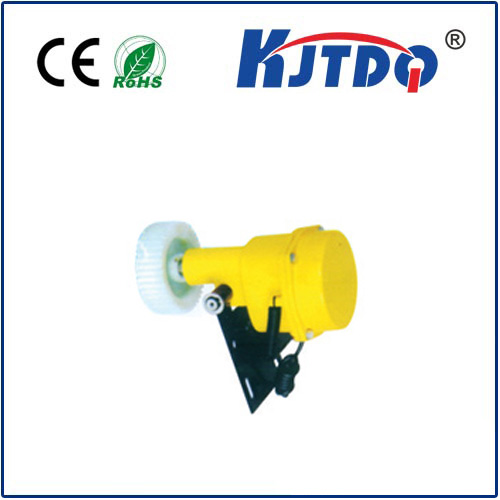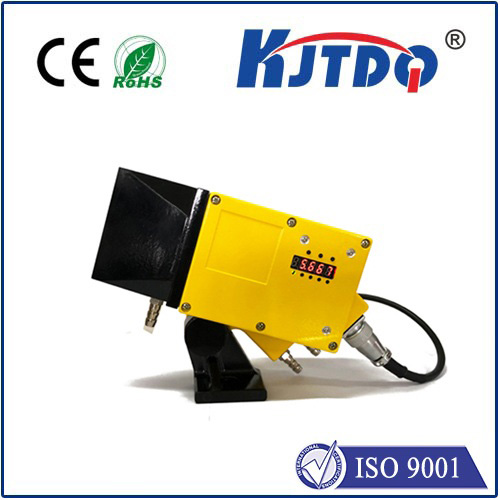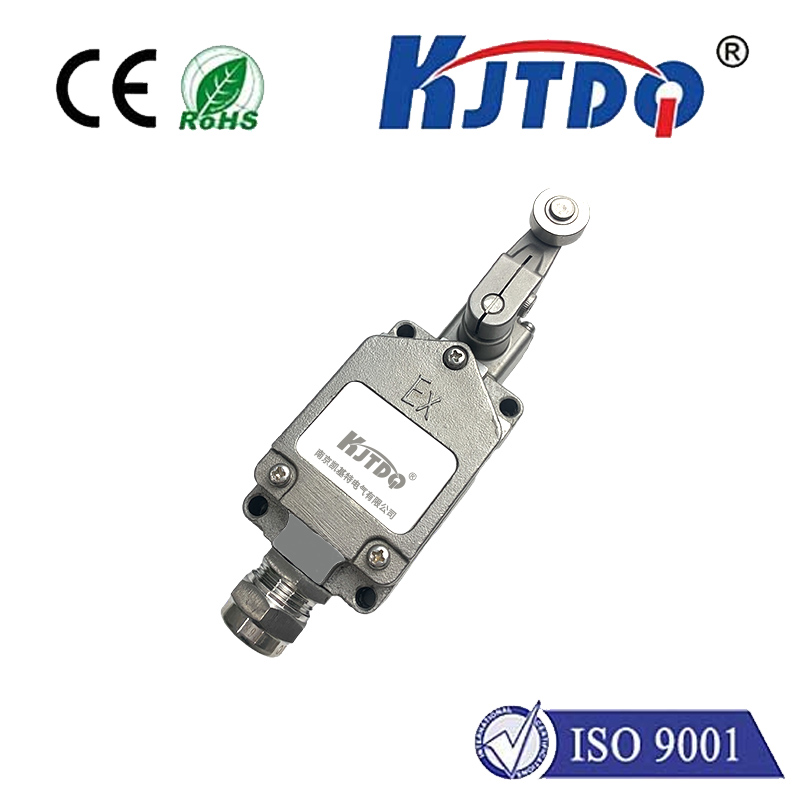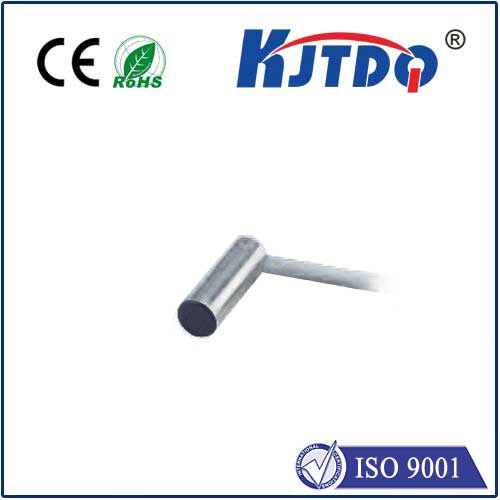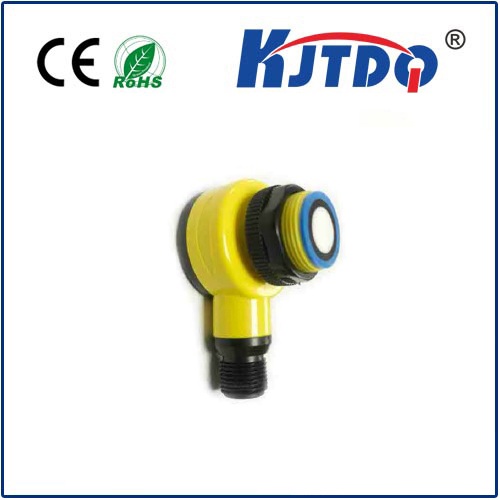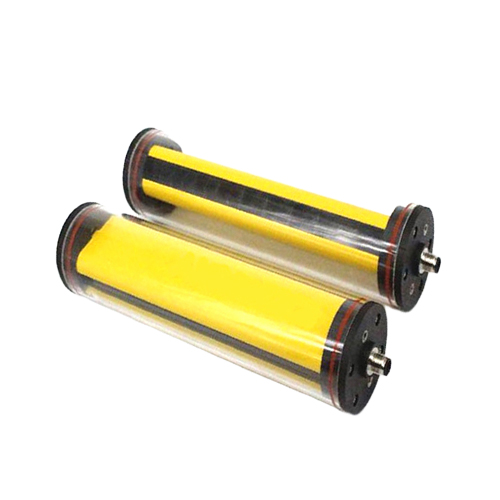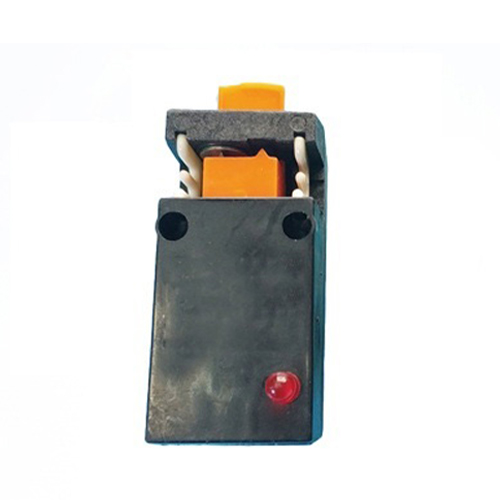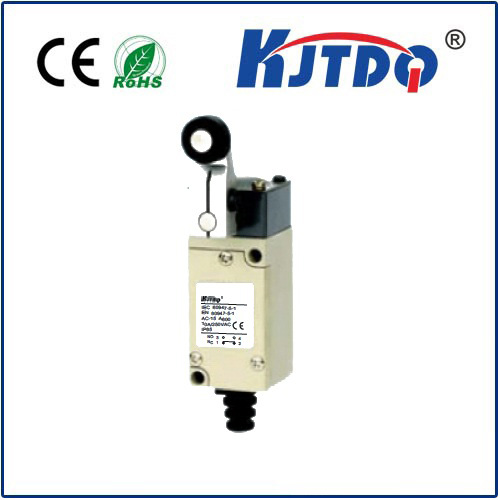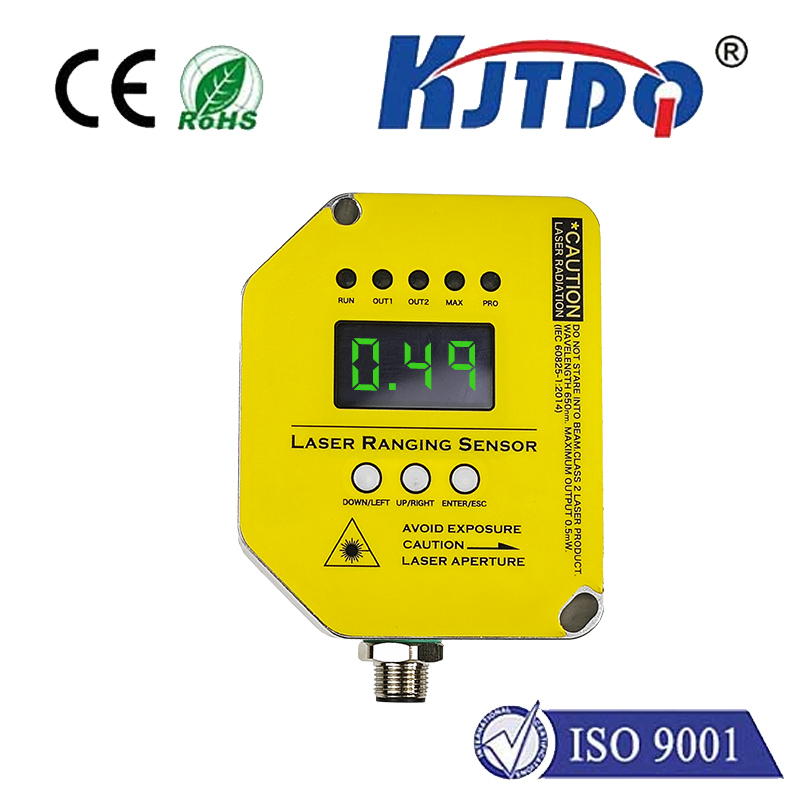лазерный контурный датчик
- time:2025-08-28 03:21:12
- Нажмите:0
The Power of Precision: How Laser Profile Sensors Transform Industrial Inspection and Measurement
The relentless drive towards efficiency, quality, and automation in modern manufacturing hinges on one critical factor: precise, reliable measurement. Traditional methods often fall short – they can be slow, contact-based (risking damage), or lack the resolution needed for today’s demanding tolerances. Enter the лазерный контурный датчик, a sophisticated non-contact measurement technology that projects a crisp line of laser light onto a target surface, capturing its exact shape in breathtaking detail. Think of it as giving machines the power of 3D vision, enabling real-time insights that were once impossible. This technology isn’t just an upgrade; it’s fundamentally reshaping quality control, process optimization, and robotic guidance across countless industries.
Seeing Beyond the Surface: The Core Technology
At its heart, a laser profile sensor operates on the principle of optical triangulation. Here’s the breakdown:
- Laser Projection: A precision laser diode emits a thin, focused line of light onto the target object’s surface.
- Image Capture: Positioned at a known angle to the laser source, a high-speed camera captures the deformation of this laser line as it strikes the object. Any variation in the object’s height or contour causes the laser line to bend or shift in the camera’s view.
- Real-Time Calculation: Sophisticated onboard or connected software analyzes the captured image. By applying the principles of triangulation to the known angles and baseline distance between the laser and camera, the system calculates the exact X, Y, and Z coordinates of thousands of points along the laser line. This creates a dense point cloud representing a precise cross-sectional profile of the target.
- Data Output: The sensor outputs this profile data at high speeds (often thousands of profiles per second), providing a continuous stream of accurate 3D dimensional information.
This fundamental process allows laser profile sensors to capture the true contour of an object, independent of its surface color or ambient lighting conditions, making them incredibly robust for industrial environments.
Unlocking Key Advantages: Why Laser Profiling Reigns Supreme

The unique capabilities of laser profile sensors translate into tangible benefits that drive their widespread adoption:
- Non-Contact Measurement: Eliminates the risk of damaging delicate parts or wear on the sensor itself. This is crucial for soft materials, high-value components, or high-speed production lines.
- Exceptional Speed & High Resolution: Capable of capturing thousands of detailed profiles per second, enabling 100% inline inspection even on the fastest-moving lines, far exceeding the capabilities of traditional touch probes or vision systems relying on 2D images.
- True 3D Geometry Capture: Unlike 2D vision which sees edges and contrasts, laser profile sensors provide actual height and depth information. They measure critical dimensions like height, width, volume, edge position, groove depth, coplanarity, warpage, gap, and flushness with unparalleled accuracy.
- Robustness: Modern sensors are built for harsh factory floors, featuring robust housings (often IP67 rated), resistance to vibration, and immunity to variable ambient light interference. They handle dusty, oily, or high-temperature environments effectively.
- Simplified Integration: Designed for industrial automation, these sensors offer easy integration with PLCs, robots, and vision systems via standard industrial protocols (Ethernet/IP, PROFINET, EtherCAT, GigE Vision, etc.).
Where Precision Makes the Difference: Diverse Applications
Laser profile sensors find critical roles across a vast spectrum of industries:
- Automotive: Inspecting tire tread depth and profile, measuring gap and flushness on car body panels, verifying sealant bead application, checking weld quality, inspecting brake discs and engine components.
- Electronics: Measuring component coplanarity (e.g., BGAs), solder paste volume inspection, verifying connector pin height, inspecting semiconductor wafers and packages, checking battery cell dimensions.
- Metalworking & Plastics: Profiling extruded profiles, measuring tube and pipe diameter/ovality, verifying weld seam geometry, inspecting molded part dimensions and warpage, checking machined part features.
- Pharmaceuticals: Verifying tablet shape and thickness, inspecting blister pack integrity, measuring syringe barrel and plunger position.
- Logistics & Packaging: Measuring box dimensions for cubing and automated picking systems, verifying package sealing, checking fill levels, inspecting pallet stacking.
- Robotic Guidance: Providing precise 3D location data for robot path correction in welding, dispensing, material handling (e.g., bin picking), assembly, and polishing applications.
Choosing the Right Tool: Key Considerations
Not all laser profile sensors are created equal. Selecting the optimal one depends on specific application needs:
- Measurement Range & Resolution: The distance the sensor operates from the target (Z-range) and the smallest detectable change in height (Z-resolution) are paramount. Resolution often trades off with speed and range.
- Profile Width (X-range): Determines how wide an area the sensor can scan in a single pass.
- Measurement Speed (Profiles per Second): Must match the production line speed for effective 100% inspection.
- Laser Wavelength: Blue lasers (often 405nm) excel on shiny or metallic surfaces, reducing speckle noise. Red lasers (typically 650nm) are common for general applications.
- Environmental Factors: Temperature range, exposure to dust, water, oils, and vibration resistance (IP rating).
- Interface & Software: Required communication protocols and the ease of configuring measurements via the vendor’s software.
The Evolving Landscape: Integration and Intelligence
The лазерный контурный датчик is not operating in isolation. Its true power is amplified through seamless integration:
- With Machine Vision: Combining 2D vision for feature location and character reading with laser profiling for precise 3D measurement creates comprehensive inspection systems. Multi-sensor inspection cells are increasingly common.
- With Robotics: Providing real-time 3D data for adaptive robot control, enabling flexibility in handling variations.
- With AI and Machine Learning: Powerful algorithms analyze vast streams of profile data for complex defect detection, predictive quality assessment, and process optimization beyond simple pass/fail thresholds. This enables predictive maintenance for the production line itself.
Driving Towards Smarter Factories
As Industry 4.0 principles take root, the laser profile sensor evolves from a measurement tool into a critical source of actionable data. Its ability to deliver high-speed, high-precision, non-contact 3D measurements in real-time provides the foundational data layer required for closed-loop process control, adaptive manufacturing, and deep quality analytics. From ensuring the perfect fit of a car door to guaranteeing the integrity of life-saving pharmaceuticals, these sensors act as the vigilant eyes of the factory floor, constantly monitoring, measuring, and safeguarding quality. Their contribution to reducing waste, minimizing scrap, improving yield, and ultimately building better products faster is undeniable, solidifying their position as indispensable tools in the modern industrial arsenal.

